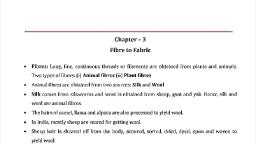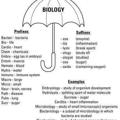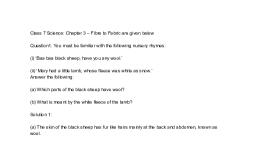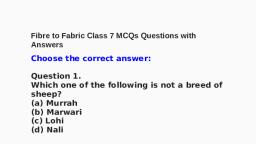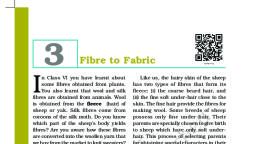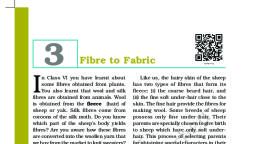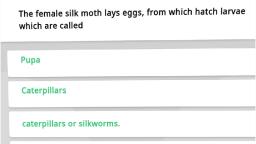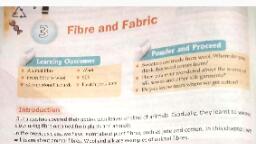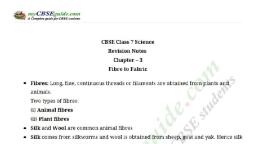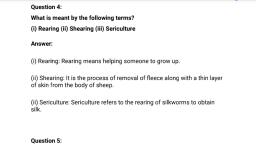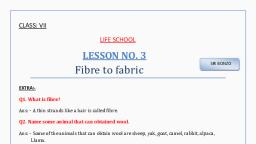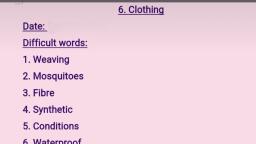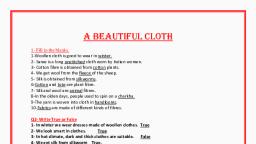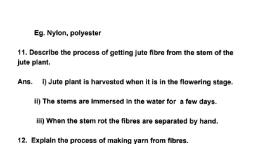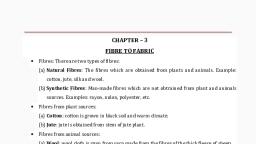Page 1 :
Class 7 Lesson 3 (cardova), EXERCISE, A. Tick the correct options., , 1. (b) 2. (c) 3. (b) 4. (a) 5. (d) 6. (c), B. Fill in the blanks., 1. South America 2. Wool, silk 3. silkworms 4. plants, animals, 5. Shepherd 6. fewer 7. incubator 8. pupa, C. State whether the following statements are True (T) or False (F). Rewrite the false, statements correctly., , 1. T, 2. F, Correct statement – The process of washing the fleece of sheep to, remove dust, dirt, sweat and grease is called scouring., 3. T, 4. F, Correct statement – The damaged or waste cocoons are used to, produce spun silk., D- Very Short Answer Questions., , 1. Combing 2. Lohi and Nali 3. Shearing 4. Patanwadi 5. Reeling 6. China, 7. Sheep and goat, E. Short Answer Type-I Questions., , 1. Rearing of sheep means to look after the sheep by giving them food,, shelter and health care., 2. The raw silk is twisted to produce thrown silk. This process is called, throwing., 3. Shearing does not hurt the sheep because the uppermost layer of the, skin of sheep is dead., 4. The process of washing the fleece of sheep to remove dust, dirt, sweat,, grease, etc., is called scouring., 5. The silky covering spun by a silkworm for its protection is called cocoon., 1|Page
Page 2 :
Class 7 Lesson 3 (cardova), F. Short Answer Type-II Questions., 1. The two individuals having desirable characteristics are selected as parents. These, are then crossed (made to reproduce) to obtain a new breed of animal having, desirable characteristics of both the parents. This is called selective breeding., , 2|Page
Page 3 :
Class 7 Lesson 3 (cardova), The purpose of selective breeding is to get animals with desired characteristics and, produce high yield breeds., 2. Silk is a fine, strong, soft and shining fibre obtained from silkworms. It is separated, from the cocoons of silkworms that are reared on large scale., 3. (a) The fibres of cocoon are too fine and delicate to handle. So, many of them are, reeled together to yield a stronger thread, called raw silk. The inferior, quality silk produced by damaged or waste cocoons is called spun silk., (b) Silk fibre on burning gives a smell of burning hair because it is an animal fibre, and is made up of a protein., , 5. (a) Sorter’s disease is an occupational disease of wool industry caused by a bacteria, Bacillus anthracis., (b) (i) Lohi – good quality wool, (ii) Nali – carpet wool, 6. (a) The body of wool-yielding animals is covered by a thick coat of hair so as to keep, their body warm., (b) Sheep are sheared in summers so that they do not feel the heat. The hair of, sheep grow again before the onset of winters and protect them from cold weather., , G. Long Answer Questions, 3|Page
Page 4 :
Class 7 Lesson 3 (cardova), , 2. Wool is obtained from the sheep by a long process which involves the following, steps:, (a) Shearing: The process of removing hair from the body of sheep is called shearing., It is done manually with a large razor or with an electrically-driven shearing machine., (b) Scouring: The process of washing the fleece of sheep to remove dust, dirt, sweat,, grease, etc., is called scouring., (c) Sorting: The process of separating the long, fine quality of fleece from the, remaining inferior quality of broken pieces is called sorting., (d) Combing: The process of removing the burrs from the fleece is called combing. In, this step, the fibres are straightened., (e) Dyeing: The fibres obtained are dyed in various colours after combing., (f) Spinning: The straightened fibres are spun or twisted together to make yarn which, is either knitted or woven., 3. There are various varieties of natural silk which are as follows–, (a) Mulberry silk – It is obtained from mulberry silk moth. The silk fibres of this moth, are soft, lustrous and elastic., (b) Tassar silk – It is obtained from tassar silkworms., (c) Eri silk – It is brick-red silk obtained from eri silkworms., (d) Mooga silk – It is lustrous, golden-yellow silk obtained by mooga silkworms., , H. HOTS (Higher Order Thinking Skills) Questions., 1. Selective breeding is done to get animals with desired characteristics. If we, cross a sheep that produces a lot of wool with a sheep that produces good, quality of wool, then a new breed of sheep will be introduced. This new breed, of sheep will have both the characters. It will produce good quality of wool in, large quantity. In this way, selective breeding is advantageous for us., 4|Page
Page 5 :
Class 7 Lesson 3 (cardova), 2. Animal activists are against the silk production because in the process of, obtaining silk, a large number of cocoons containing silkworms are boiled in hot water, to loosen the silk thread. To obtain a little amount of silk, a large number of silkworms, are killed., , 5|Page



































